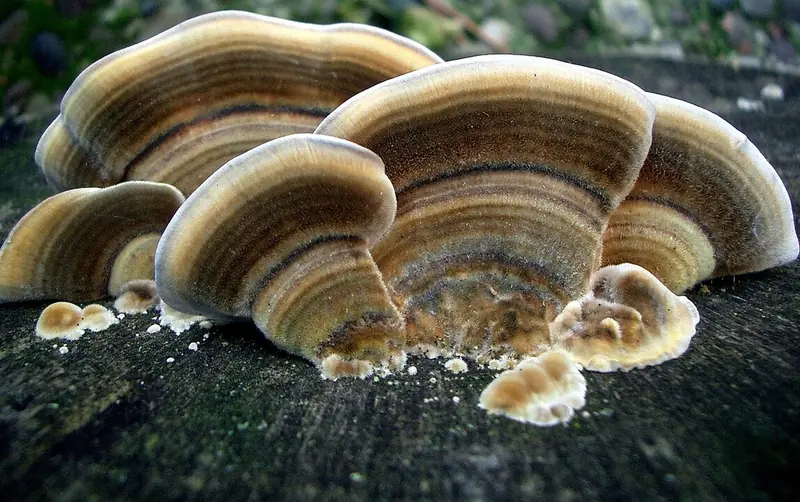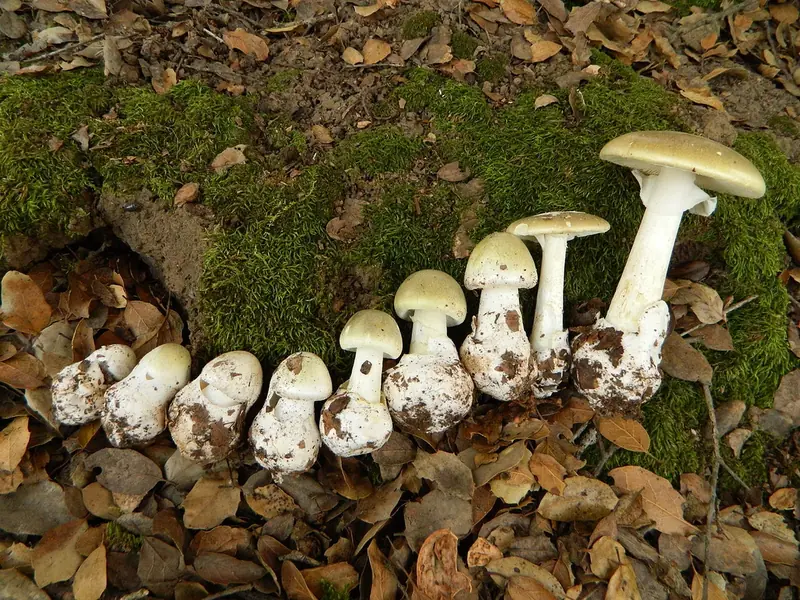Scientists claim to have discovered the most bitter substance on Earth. When we think of bitterness, coffee or even Brussels sprouts might come to mind. However, the bitterness of these foods pales in comparison to a substance identified by Bavarian biochemists. They assert that the world’s most bitter compound is the mushroom Amaropostia stiptica. Despite its extreme bitterness, it is not toxic.

What did the researchers find out? This wood-dwelling fungus, also known as the bitter polypore, caught the attention of biochemists due to its intensely unpleasant taste. Consequently, they decided to analyze its molecular composition. The scientists identified three previously unknown bitter compounds, one of which, according to the team, is the most bitter substance ever discovered. This compound, oligoporin D, activates the bitter taste receptors in our mouths that help detect natural toxins. Oligoporin D can activate the TAS2R46 bitter taste receptor even at extremely low concentrations.
The researchers emphasized that the three chemical compounds derived from the bitter polypore were tested on lab-grown taste cells. Each of these compounds activates at least one of the 25 different bitter receptors known to science. What else did the researchers report? Scientists still do not fully understand why some foods are bitter and why they taste so unpleasant to us. Interestingly, taste receptors are found not only in the human mouth but also in the stomach, inside the large intestine, and even on the skin. In different locations, they serve various roles, as reported by the Daily Mail.
Previously, scientists believed that our bitter taste detectors evolved to identify toxic substances and discourage us from consuming harmful foods. For instance, researchers from Shanghai Jiao Tong University recently discovered that the TAS2R46 receptor, activated by oligoporin D, is also triggered by the deadly poison strychnine. The mushroom Amaropostia stiptica, which has earned the title of the most bitter thanks to these scientists, is not toxic, but it also fails to spark culinary interest. Meanwhile, the death cap mushroom (Amanita phalloides) has a pleasant nutty flavor, despite containing a mix of lethal toxins.

Researchers believe that bitter compounds in mushrooms have not been studied enough. Overall, during their research, scientists identified over 2,400 bitter molecules. However, most of these were found in flowering plants or synthetic products created by humans. In contrast, bitter chemical substances of animal origin, fungi, and bacteria are less common. According to the scientists, studying compounds derived from mushrooms, such as oligoporin D, could be key to understanding our complex relationship with bitterness. Dr. Mike Berens, the lead author of the study, noted, “These findings contribute to expanding our knowledge of the molecular diversity and mechanisms of action of natural bitter compounds.”
